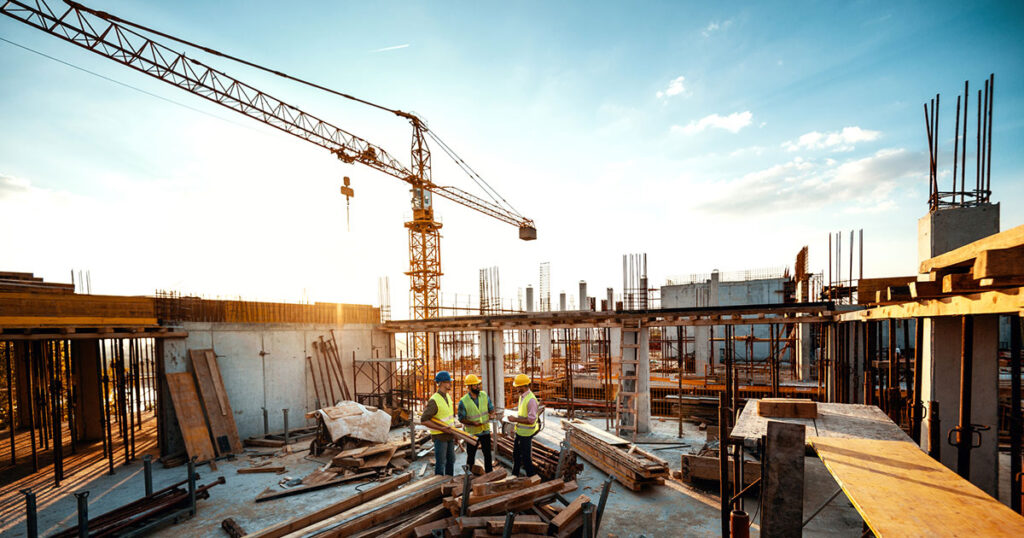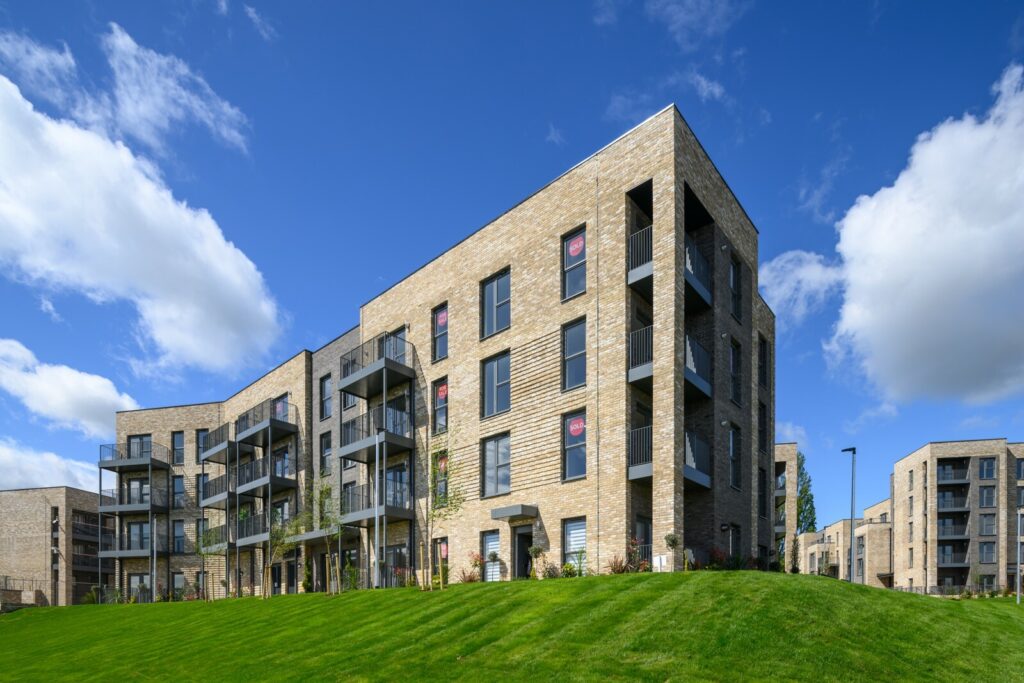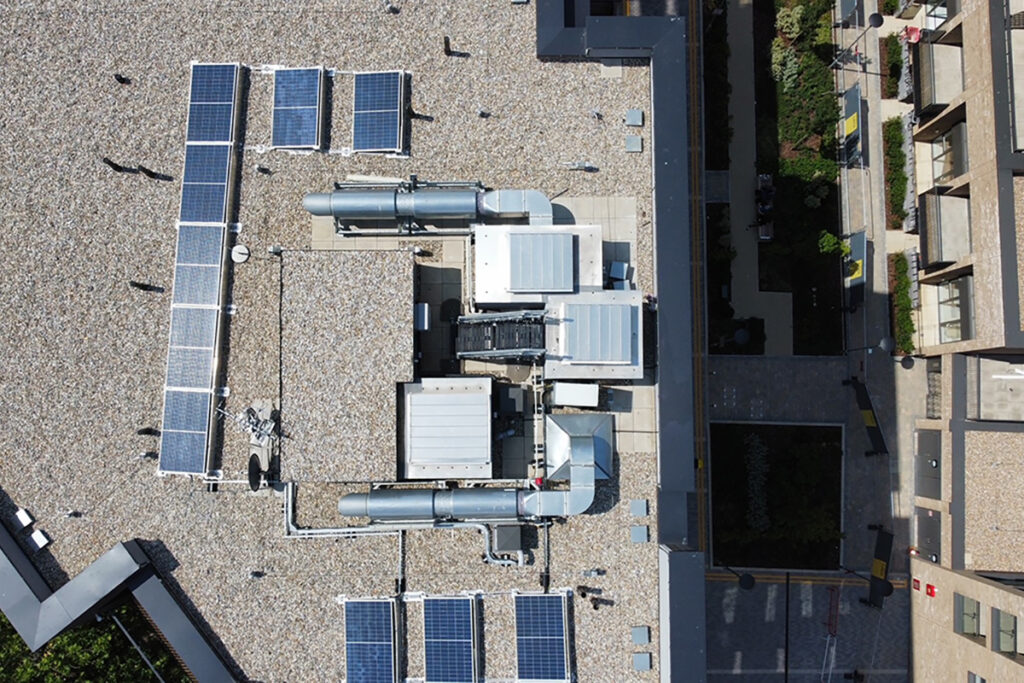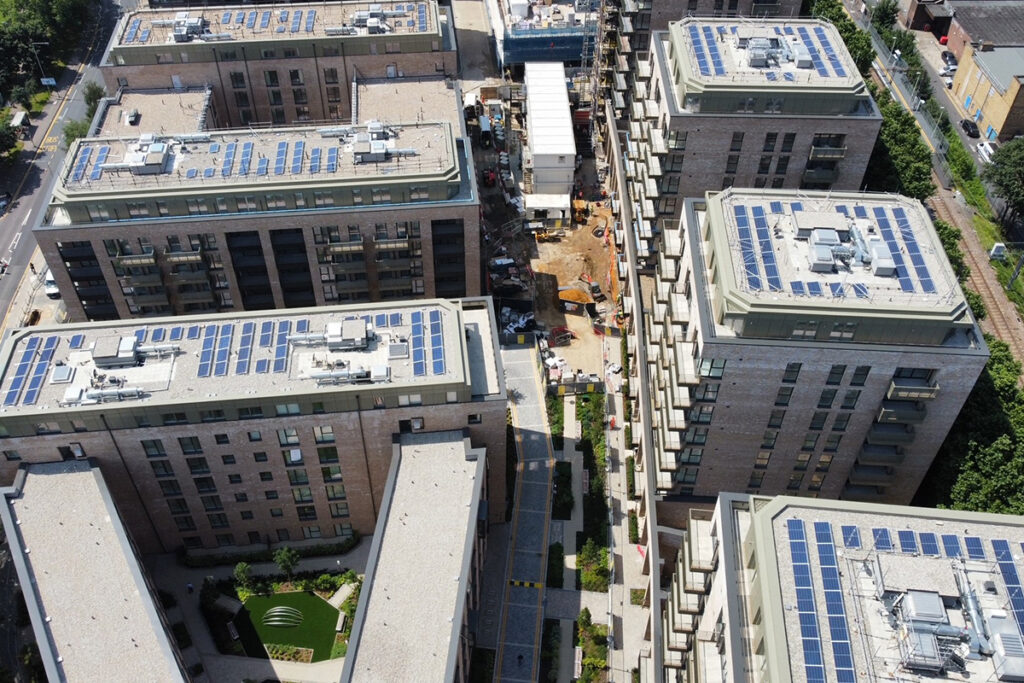With it being nearly three years since the publishing of the Hackitt Report, the construction industry has experienced changes from regulations being introduced; however, as you will see, it is very possible for more stringent regulations to be introduced to the industry.
The report’s key recommendations:
- New Regulatory Framework for buildings higher than 10 stories, including the introduction of the Building Safety Regulator (BSR)
- A designated ‘responsible person’, for ensuring the building’s safety
- Three gateway points where the responsible person needs to demonstrate to the BSR the building complies with regulations
- Construction companies to demonstrate more effective leadership in ensuring building safety
- The creation of a golden thread of information
- Greater regulations and enforcement
Whilst the report’s recommendations can deliver safer buildings through changes to projects’ design, contracting, installation, and maintenance, it is important to consider the efforts which have been made in achieving the recommendations.
The progress made towards the report’s recommendations
Following the report’s publication, the Government announced its approval of Hackitt’s recommendations and in 2019, the MHCLG (Ministry of Housing, Communities and Local Government) published the report labelled ‘Building a Safer Future’. It’s their proposal for reforming building’s safety systems.
Alongside the report, new regulations have been introduced, such as prohibiting the use of nearly all combustible materials in external walls of specific buildings containing a floor more than 18m above ground. More recently, the government has pledged a further £3.5bn of funds (bringing the total over £5bn) to remove unsafe cladding.
In 2019, it was announced that Dame Judith Hackitt would be providing independent advice to the Government on how to establish the recommended BSR effectively.
In 2020, the second reading of the ‘Fire Safety Bill’ occurred in the House of Commons and was sent to the House of Lords, later being returned with amendments; if approved following the Commons’ edits, the new Fire Safety Order would “place new and enhanced regulatory regimes for building safety and construction products, and ensure residents have a stronger voice in the system”.
The MHCLG has also re-published Approved Document B with more clarity on how the industry should meet the fire safety requirements of building regulations. The amended document applies to both new and buildings undergoing work to ensure that they meet modern safety requirements for occupants’ safety.
Approved Document B has also reduced the threshold height requirement of Sprinklers in residential buildings from 30m down to 11m which complies with BS 9251:2014.
Have The Changes been Adequate?
Although the efforts have moved the industry towards a position of stricter regulation, enforcement, and fulfilling the other recommendations that the Hackitt report recommended, the industry’s changes are still ongoing, with more yet to take place.
Whilst regulations have been introduced, there are concerns within the industry regarding whether or not the efforts made go far enough. The requirement for removing combustible materials in external walls over specific threshold results in many buildings, including Schools, Residential Housing and Healthcare buildings, being excluded and at risk of being clad in combustible materials.
Further to this, acclaimed critics, including leading institutions such as RIBA, have argued the government has not acted enough on this front and therefore must do more. By only providing funds for removing cladding over 18m and offering a loan scheme for those between 11 and 18m presents a difficult and costly challenge for building and facilities managers.
From looking at the progress made against the Hackitt Recommendations, despite being three years on and a tightening of regulations, there is still a long way to go to achieve improve building fire safety.
Moving Onwards
The ‘Fire Safety Bill’ was reviewed within Parliament on the 24th February 2021 with Lords amendments. One of the top amendments addressed an extensive and ongoing concern regarding the cost to leaseholders for removing cladding in high-residential buildings.
If passed into law, the Bill would amend the already existing Fire Safety Order (2005) to:
- Increase the safety procedures for building managers and owners of domestic premises.
- Introduce a Public register for fire risk assessment so occupants can check the fire safety status of their property.
- Prevent freeholders from passing remediation costs to leaseholders via demands for one-off payments or increases to charges.
The amendment which did get voted on, banning fire safety improvement costs being placed on leaseholders, failed to reach a majority vote and the Bill will return to the Lords this year. Those blocking the Bill have stated that the Building Safety Bill being introduced in Spring will introduce legislation regarding payments. (The Government’s bill has since been blocked by the House of Lords with Peers providing further changes aiming to protect the leaseholders).
In 2019, it was announced that Dame Hackitt would provide ongoing advice on how the Government can effectively establish the Building Safety Regulator (BSR) recommended in the original report; however, she announced in 2020 this wouldn’t be up and running until 2021. This year, there has already been progress, with Peter Baker being appointed Chief Inspector of Buildings, which will help establish and lead the BSR.
This year, it is expected that tighter regulations and enforcement legislation will be introduced to Parliament once the BSR is set up and granted its own powers of enforcement.
It is essential in this current climate to comply with the latest regulations and always safeguard your buildings and occupants. A method of doing so, is by working alongside FDS Consult to ensure your projects are compliant with regulations.




